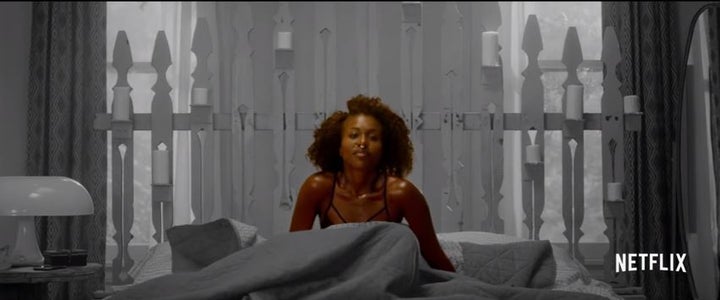
Nola Darling from She’s Gotta Have it
I truly believe there is only one person, only one, in this world that is meant to be your soulmate, your life long companion. Joke is, rarely do these two people hook up; they just wander about aimlessly, lost in sauce. You know God is a trickster. In life God doesn’t give you the people you want, instead he gives you the people you need. Nola Darling is mine. –Jamie Overstreet, 2017 “She’s Gotta Have It”
The joke on Jamie Overstreet is that Nola Darling is not anyone’s.
She’s Gotta Have It, the series, is the remake of the 1986 movie of the same name. This is the story of Nola Darling’s journey of self-discovery through the relationships that she has with Greer Childs, James Overstreet, Mars Blackmon, and Opal. In the series, Nola identifies as pansexual, polyamorous, and sex positive. The remake of She’s Gotta Have It takes Nola on a journey that is similar and yet, very different than the original movie. Each of us has a different relationship with the original movie, and that relationship influences how we critique the new series.
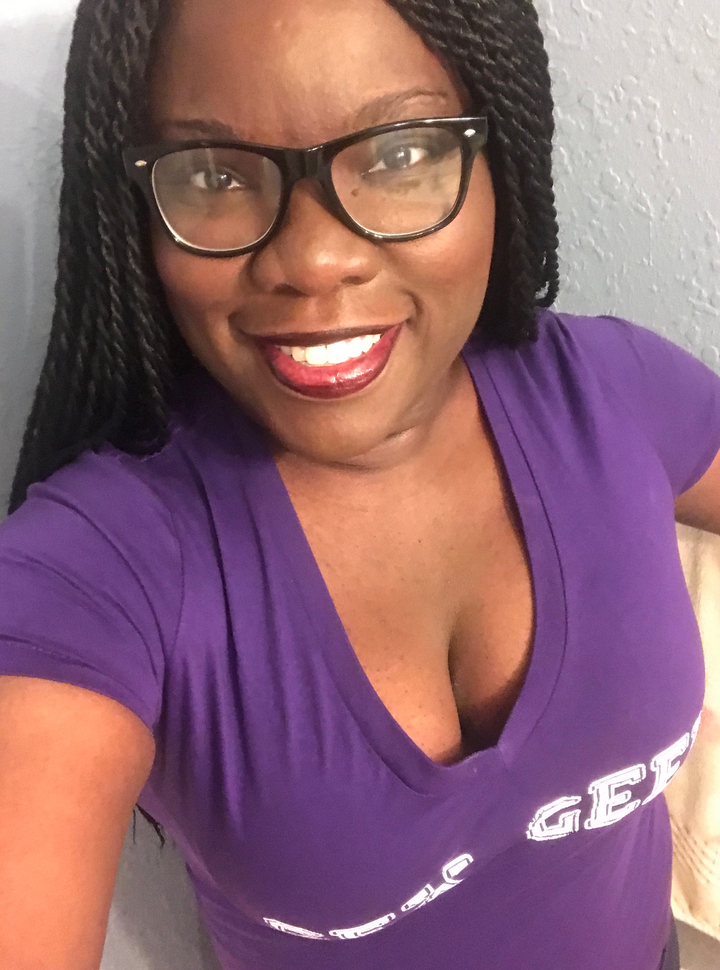
Ruby B Johnson Contributor for Black Voices, Generation X, Founder of PolyDallas Millennium©LLC
We are bringing together the perspectives of four black sexuality professionals who together span three different generations: X, Y, and Z. From Generation X we have, Diana Ryan; from Generation Y, Dr. Lexx James; and Generation Z is represented by, Dalychia Saah. I am your host, Ruby B Johnson, myself a member of Gen X. Together we critique She’s Gotta Have It the series from our own personal and professional perspectives.
For those of us from the Gen X, we, Diana and I, were teenagers when the 1986 film came out. We have a more nostalgic attachment to the movie. Diana Ryan self identifies as “a proud pansexual, non-monogamous, genderfluid black woman.”
“In 1986, I was graduating from high school, waiting to join the Air Force, starting my ‘adult’ life. That year my mother told me to watch a movie she enjoyed by Spike Lee [called] ‘She’s Gotta Have It’. It was an experience. Was it groundbreaking? not for me. I had been having my friends and their friends over to my home for over a year (when my mother was at work) by then and we were precocious to say the least. We would smoke mostly marijuana, put porn on the main television, and have sexual escapades with each other. I didn’t learn until much later in my adult life that people called what we did “sex parties”, go figure. We just wanted to live in the experience of it all. I didn’t know that later there would be so many labels attached to what we did. We were exploring our sexuality, we were ‘being grown’, we were so confident in our choices back then,” Ryan recollects.
In 1986, I, Ruby B Johnson, founder and CEO of PolyDallas Millennium©LLC, was 14 years old and at the peak of exploring my sexuality, gender, and racial identity. Spike Lee’s films, She’s Gotta Have It, School Daze, and Do the Right Thing, had a significant impact in all those identity domains. My exposure to sexual and gender expression was from three sources: church, family, and media (radio, TV, and print); though limited representation in mainstream media. The images of black female form came through Jet Magazine and Ebony. In December 2017, there has been evolution, liberation, and celebration of all things black, beautiful, and woman. We are lustrous and glorious in all that we are, all we have been, and all we have aspired to become. This is what I love about Nola Darling 2.0. The flaws, vulnerability, boldness, cluelessness, and receptiveness through life embodies a woman of courage.
From Generation Y, Dr. Lexx James, owner of the Institute of Intimacy and Sexuality impression is “the series encapsulates many factors. The search for sisterhood, exploring the free, Black female form, police brutality, how Black women put their lives, bodies, and reputations on the line for Black men, various relationship dynamics, being Black across socioeconomic statuses, gentrification, sexual assault and harassment, mental health support and many other facets. It is beautiful cinematography and I loved exploring the world through Nola’s eyes.”
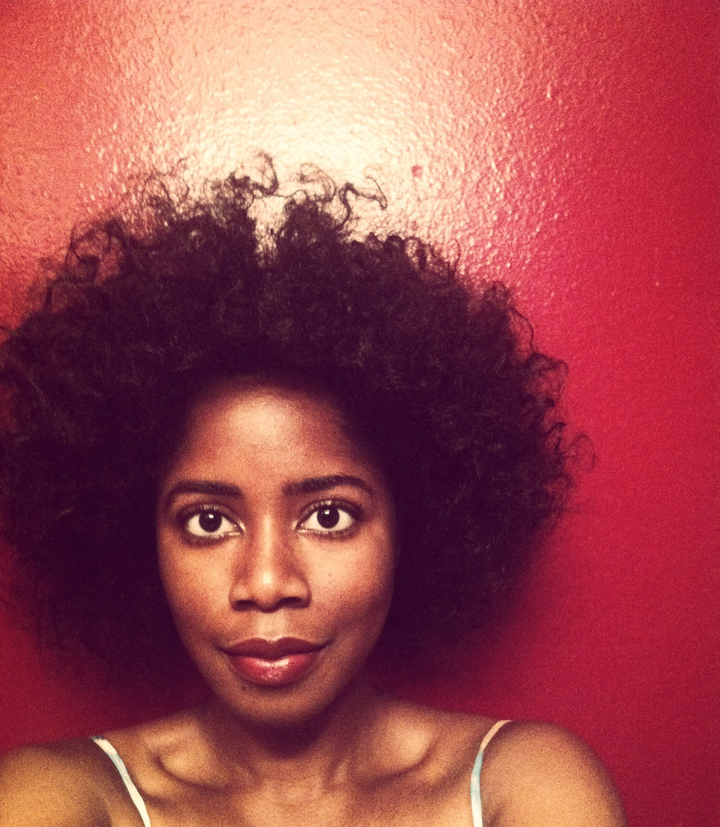
Dalychia Saah, Generation Z
Dr. Lexx continues, “I cringed- repeatedly- however, at how Nola navigates her relationships.” Dalychia Saah, a sex educator, adjunct professor, and co-founder of Afrosexology, appears to have similar sentiments, “four episodes into She’s Gotta Have It and I was annoyed. Nola’s representation of a “sex-positive, polyamorous, pansexual” sexually liberated woman left me feeling underwhelmed and defensive. I had waited for this show! Waited to see Nola reflect me and my pro-Black, sex-positive, and polyamorous life and what I saw instead was a messy, self-centered, inconsiderate woman who affirmed the stereotype that polyam is all about the sex.”
Saah did not allow her initial criticisms deter her from continuing, “telling myself that I had to do it for the culture, I finished the season. As Nola’s character developed, I realized that my initial negative reaction to her wasn’t because I didn’t like her, but was actually because I reluctantly identified with who she is.”
Ryan assesses, “Nola was never confused about how she wanted to be seen, what she wanted to be called, who she was, labels like polyamorous, or freak, and those are other people’s issues.” The certainty of self resonates with me about Nola. Her ability to stretch outside of others expectations and take on who she wants to be. I am not confused that Nola’s disregard for others time and needs are reminiscent of a rebellious teenager. Curiously, I imagine the rebellion and defiance is what allows her to create her own standards in her sensuality and sexuality. Ryan continues, “she was clear that not any one person can satisfy her. She was clear that she didn’t want to place herself in a confining monogamy construct. Nola struggled with the way of it all, not the direction. That is the struggle that many of us who don’t conform to an accepted norm deal with. The how of creating the life we want, as we bull headedly move forward with zeal, and at times like Nola, misstep.”
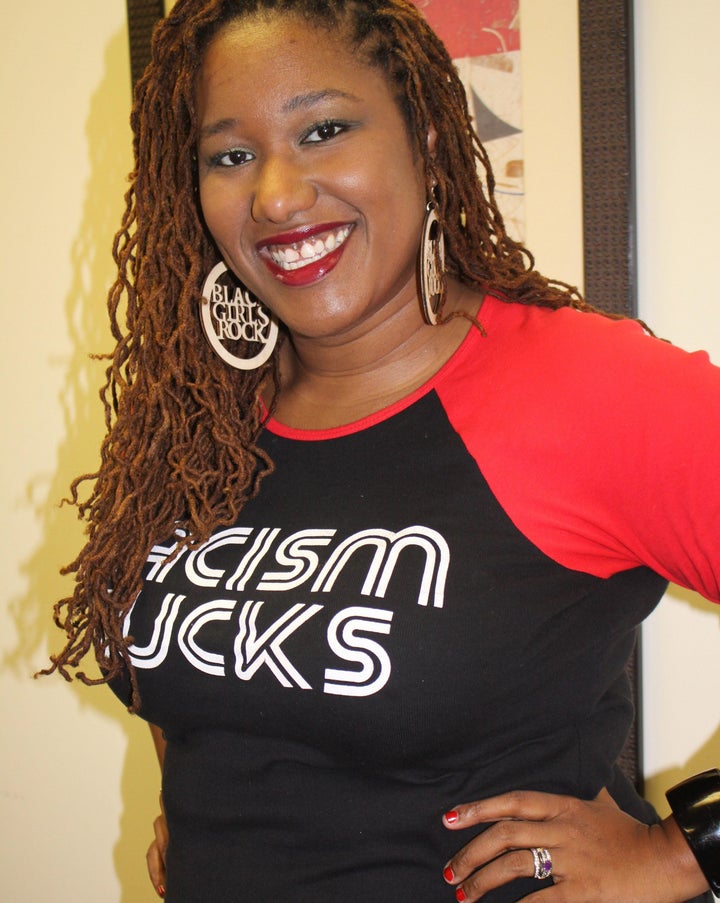
Dr Lexx James From Generation Y
Dr. Lexx James aligns with Nola’s knowing exactly what she wants, “Nola, beautiful soul that she is, was doing the same. Where she was in life spoke to her. She needed the breadth of experiences that her different love interests gave her. There wasn’t any one person that was able to satisfy her needs and she was transparent in letting them know how she felt. Did Nola sign up for a label of “polyamorous,” no, but she was very clear on the label “freak,” she didn’t like it and told her three male lovers so. Although it took her a few episodes in the series to assert that boundary, she was able to do it.”
Saah knows what it is like when others think she is too much and wanted to place her in a box. Saah explains, “By my mid 20s, I had been through enough interactions with men to know that I was considered “too much.” I was told that my intelligence was too intimidating, that my career aspirations were too unrealistic, my music and creative interests were too white, that I was too pretty, too mouthy, my ass was too big, my sex drive was too high, I was too militant, and that my love was too demanding. Despite this, I intrigued men, I provided a challenge, I was something they wanted to conquer. From short dates to long term relationships, men expressed appreciation for all of my attributes, yet there was always an attempt to minimize and mold me into who they wanted me to be.”
#polyamory #openrelationships #blackandpoly #polydallas #PDM2018 #sextherapist #sextherapistruby
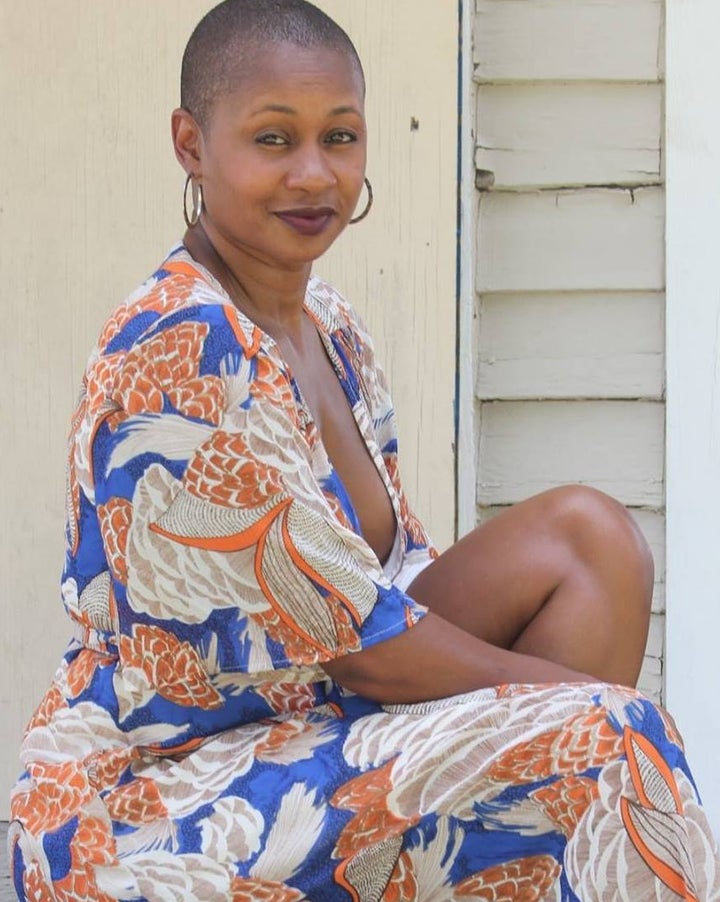
Diana Ryan LPC, Generation X
The mold of who I was supposed to be and how I was supposed to be is very familiar. As a sex therapist, I hear narratives from clients who are in an existential crisis from the conflicting wants and desires versus what was taught to them. The relationship structure they were taught is one man/one woman for a lifetime. The “ideal” relationship necessitates being exactly what “your” man wants you to be so that he does not have reason to stray. This “ideal” relationship dictates your worth and your social position. Anything outside of what can be named or understood is “deviant.” As a therapist, I facilitate the client differentiating between who they want to be and what others expect them to be.
Ryan states “Nola, comes into my office daily. In many different skins, but daily. As a mental health professional, I see a variation of Nola who wants it all and feels that they can have it just the way they want it.” Similarly, Dr. Lexx says, “As a sexologist and marriage and family therapist, the introductions to her multiple romantic partners was refreshing.” Saah sees, “She’s searching, exploring, healing, and having lots of pleasurable sex along the way.”
I believe Saah says it better than I ever could. From Gen X-Z, we can identify with “In Nola, I was looking for a 2017 version of Claire Huxtable. A sex-positive, polyamorous, pansexual, sexually liberated woman that I could hold up as someone to aspire to be, instead I got a beautiful, messy, and complicated story of a woman on a journey. And even though I’ve now learned how to practice polyamory in a healthy, loving, and emotionally present way (something that Nola has not yet learned), I am reminded by Nola of what my journey has looked like and of the journey that’s ahead of me.”
Through the experiences of Gen X, Gen Y, and Gen Z, the impact and voices of the characters in She’s Gotta Have It, the series, are diverse. The series is a cultural phenomenon that creates many conversations. To have a black, polyamorous, and pansexual woman at the center of cultural dialogues is long overdue.
